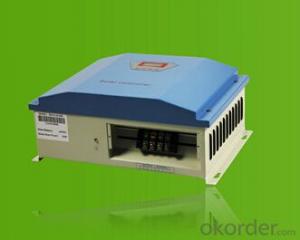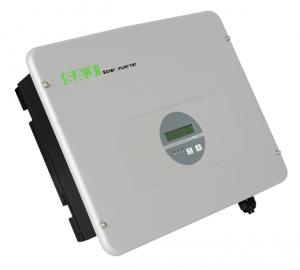Mppt Solar Inverter 5kw
Mppt Solar Inverter 5kw Related Searches
Home Power Inverter For Solar Best Inverter For Solar Mppt Inverter For Solar System Inverter For Home Solar Solar Power Inverter For Rv Shade For Solar Inverter App For Solar Inverter Capacitor For Solar Inverter Ct For Solar Inverter Inverter For Rv SolarHot Searches
Type Of Inverter For Solar Types Of Inverter For Solar Used Solar Inverter For Sale Inverter Size For Solar System Solar Edge Inverter For Sale 5kw Solar Inverter For Sale Solar Inverter For Sale Solar Inverter For Battery Solar Inverter For Split Ac Solar Inverter For Laptop Solar Inverter For Fridge Solar With Inverter Price Solar Inverter With 2 Battery Solar Inverter With Ac Outlet Solar Inverter Price In China Best Solar Inverter In China Solar Inverter Price In Dubai Solar Inverter Price In Uae Solar Inverter Price In Kenya Type Of Inverter For SolarMppt Solar Inverter 5kw Supplier & Manufacturer from China
Okorder.com is a professional Mppt Solar Inverter 5kw supplier & manufacturer, offers integrated one-stop services including real-time quoting and online cargo tracking. We are funded by CNBM Group, a Fortune 500 enterprise and the largest Mppt Solar Inverter 5kw firm in China.Hot Products
FAQ
- Yes, a solar inverter can be connected to the grid. In fact, connecting a solar inverter to the grid is a common practice in solar energy systems. The inverter is responsible for converting the direct current (DC) produced by the solar panels into alternating current (AC) that can be used by homes or businesses or fed back into the electrical grid. This allows solar energy systems to generate electricity for consumption while also contributing excess power to the grid.
- A solar inverter is not directly responsible for handling variations in solar panel cleanliness. However, a clean solar panel allows for maximum absorption of sunlight, resulting in optimal energy production. If solar panels are dirty, the amount of sunlight absorbed decreases, leading to reduced energy generation. It is the responsibility of the solar panel owner to regularly clean and maintain the panels to ensure their efficiency.
- The different power output modes of a solar inverter include grid-tied mode, off-grid mode, and hybrid mode. In grid-tied mode, the solar inverter synchronizes with the utility grid, allowing excess solar energy to be fed back into the grid. In off-grid mode, the inverter operates independently, powering electrical loads directly from solar energy and often utilizing batteries for energy storage. Hybrid mode combines both grid-tied and off-grid functionality, allowing the inverter to switch between grid-connected and standalone operation as needed.
- Yes, a solar inverter can be used with a backup generator. This allows for seamless integration of solar power and backup generator power, ensuring a continuous and reliable energy supply even during periods of low sunlight or power outages.
- Yes, a solar inverter can be used with a solar-powered remote sensing system. The solar inverter is responsible for converting the direct current (DC) generated by the solar panels into alternating current (AC) that can be used to power the remote sensing system. This allows for the efficient and reliable operation of the remote sensing system using solar energy as the primary power source.
- The maximum operating temperature of a solar inverter typically ranges from 40 to 50 degrees Celsius, although some models can handle temperatures up to 60 degrees Celsius.
- Some common maintenance requirements for a solar inverter include regular cleaning to remove dust and debris, checking for loose connections or wiring issues, monitoring performance and output levels, and ensuring proper ventilation to prevent overheating. It is also important to keep an eye on the inverter's display for error messages or any signs of malfunctioning. Regular inspections and maintenance by a qualified technician are recommended to ensure optimal performance and longevity of the solar inverter.











































